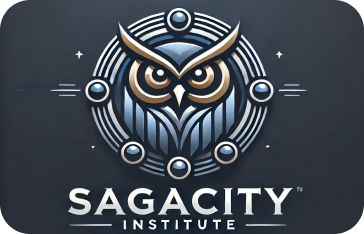Unless You Are the Lead Dog, the Scenery Never Changes

One hundred years ago, there was a diphtheria epidemic in Nome, Alaska. The harsh Alaskan winter and distance made all other transportation modes unavailable except for the delivery of much-needed medicine to sick children by sled dogs and mushers. Despite temperatures of -80 degrees F. and frequent whiteout conditions, they conquered the elements, made it in time to Nome, and saved the children.
Since 1973, that mercy mission has been commemorated with the Iditarod Trail Sled Race each year. Typically, the race begins in Willow, just north of Anchorage, but lower than normal snowfall will change the starting point to Fairbanks this year on Sunday.
The Iditarod bills itself as the “last great race,” but is it really?
Or is the challenge facing high school and gap year students to acquire necessary future skills to prepare them for an increasingly competitive, evolving world just as daunting?
And just like this year’s Iditarod, students and their parents need to adapt to changing conditions.
What is taught in high schools — even the best private schools — prepares students for the present by focusing on the past. This is not meant to marginalize the value of foundational skills or the dedicated work of classroom teachers, but that model will not suffice today or in the future.
And just being part of the pack won’t cut it.
Lewis Grizzard said, “Life is like a dog sled race. If you ain’t the lead dog, the scenery never changes.”
Think about that.
That is why learning other skills that will prepare high school and gap year students to become tomorrow’s future leaders is so important.
Technology is changing everything, but it is not a silver bullet. What matters more is how future leaders will use these tools effectively, profitably, sustainably, and wisely. Critical thinking, digital and data literacy, creativity, adaptability, and leadership are just a few of the 20 or more necessary future skills. These skills are the bedrock of success for tomorrow’s leaders.
“Did You Know 2025?” says we must ” prepare students for industries yet to exist, to use technologies yet to be invented, and to solve problems not yet identified.” That is the goal of the Sagacity Institute.
High school and gap year students who learn storytelling, data literacy, design thinking, empathy, cultural intelligence, cybersecurity, and other Future Skills will start ahead and stay ahead of the pack in the years to come.
And the sooner they learn those skills, the better.
Like Hall of Fame pitcher Satchell Paige said, “Don’t look back. They might be gaining on you.”
To become a leader of the pack and embark on a lifetime learning journey, your high school and gap year student children need to learn Future Skills taught by the Sagacity Institute. That will enable them to see the future clearly and chart their own course.
